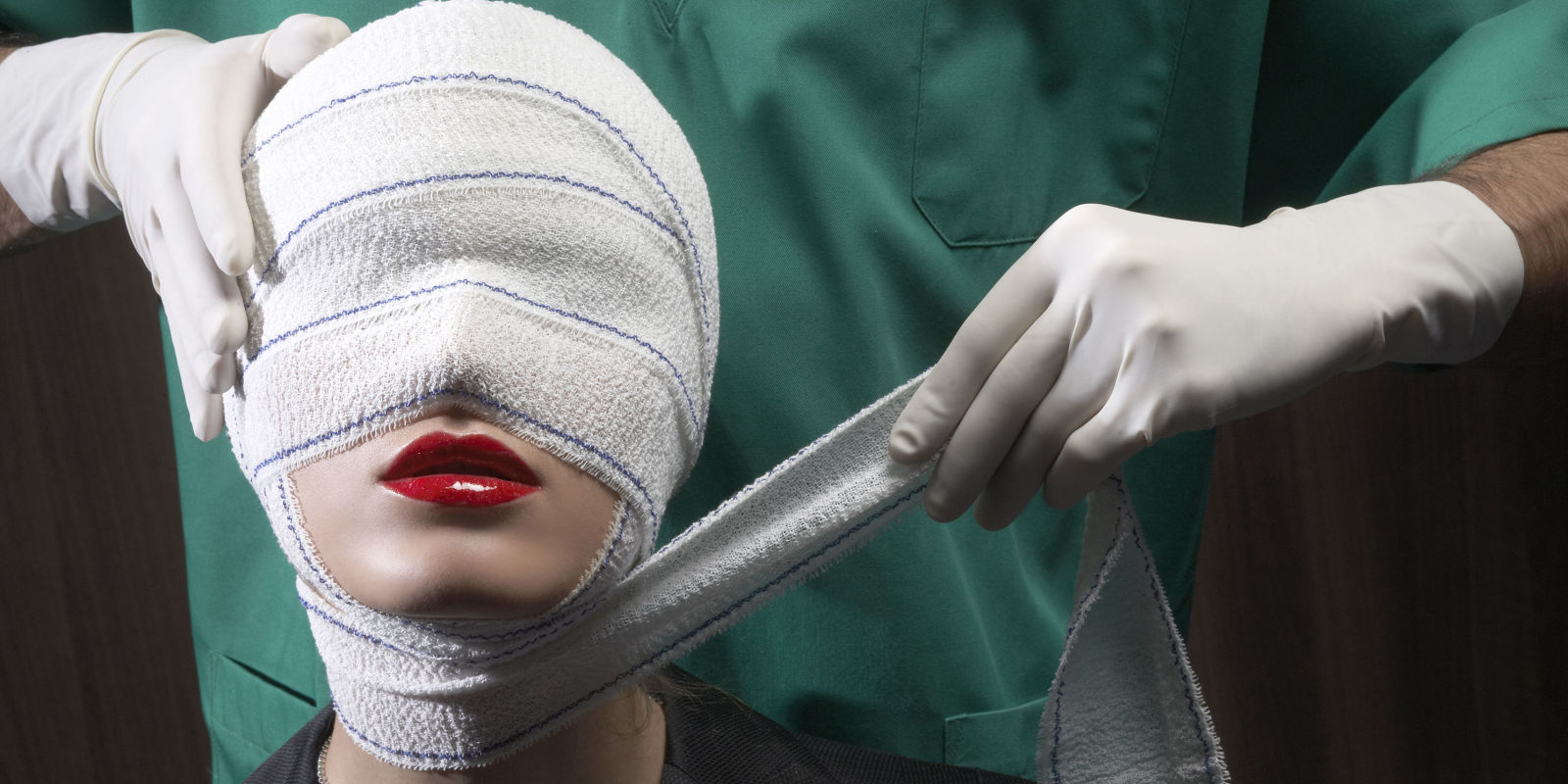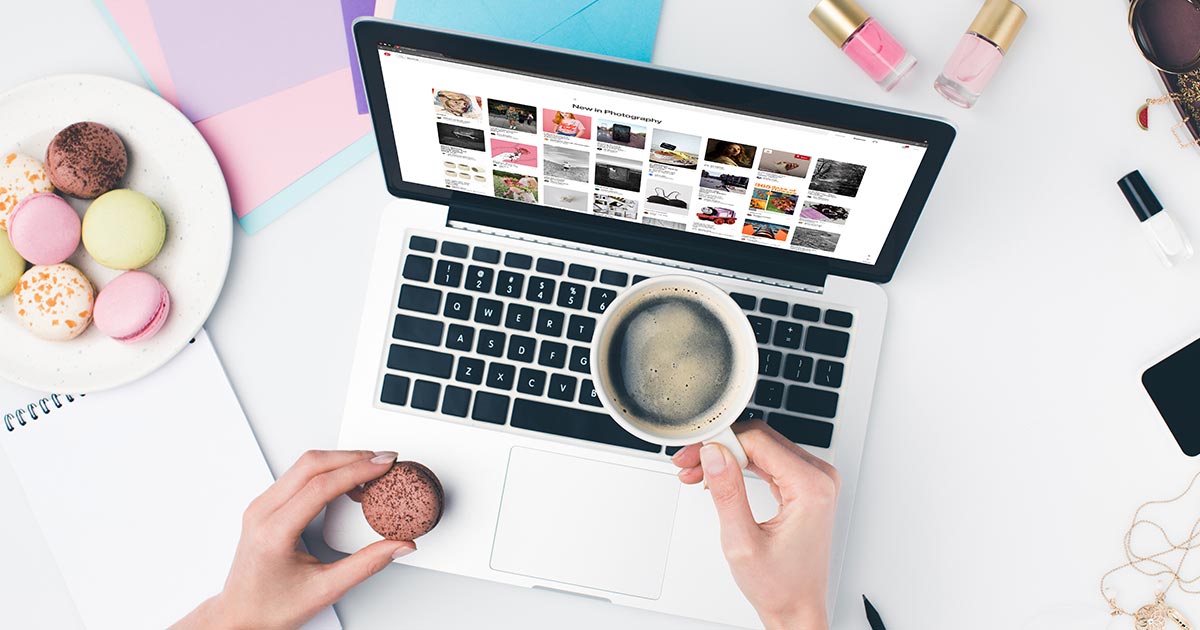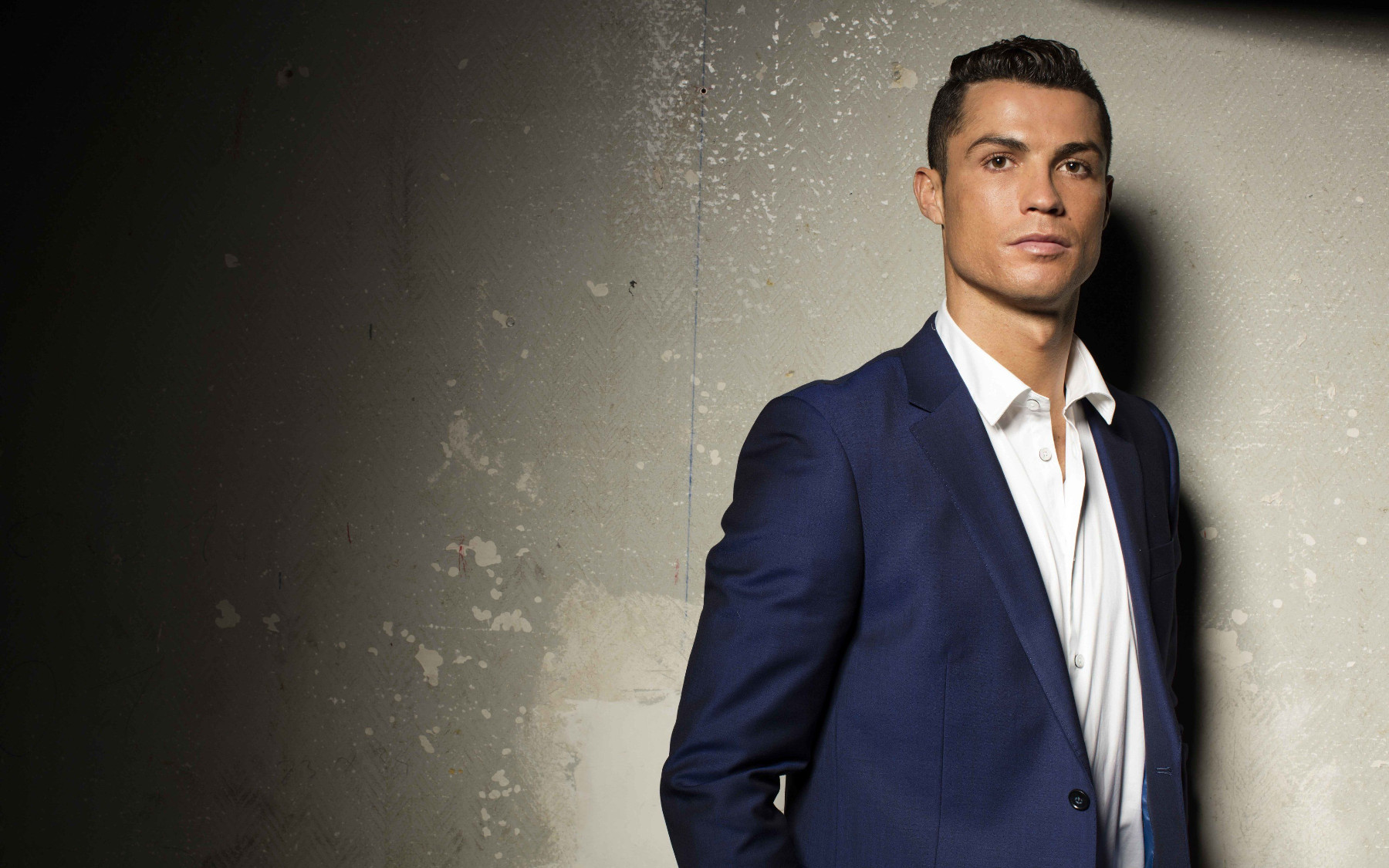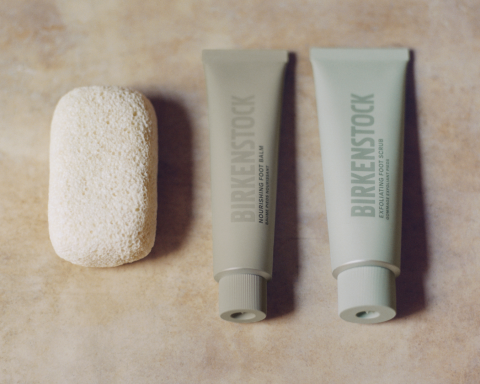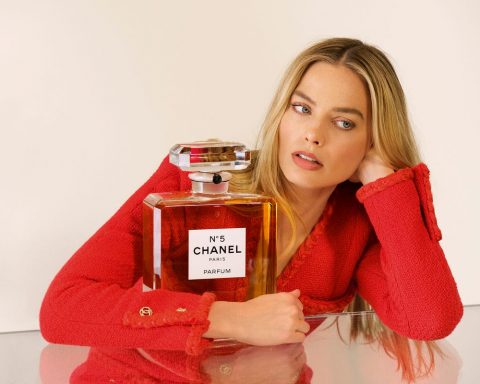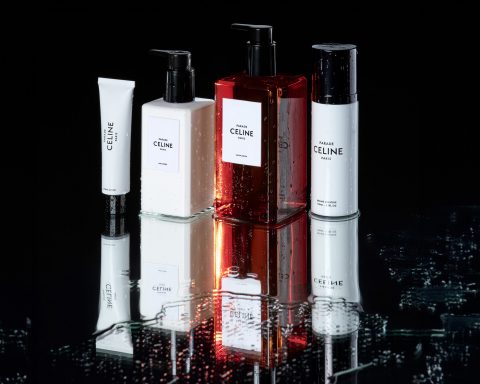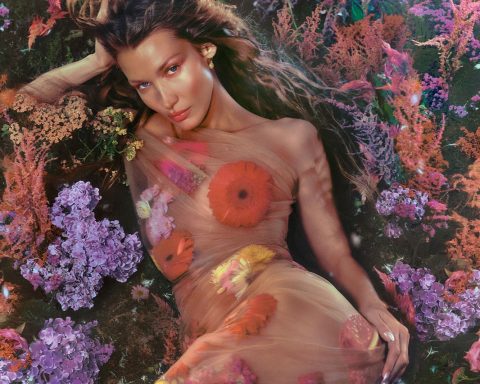Last month, Canadian singer The Weeknd posted a selfie on Instagram in which he appears to have undergone numerous rounds of dermal face filler. Pronounced lips, youthful skin, arched brows, more defined cheekbones, and jaw. But underneath those bandages was an Instagram Face. The rapper did not go under the needles. But it was a prosthesis for his new music video, Save Your Tears, also seen during his performance for the Super Bowl LV Halftime Show. A “fake beauty” effect was also seen during the Balenciaga SS20 fashion show, where makeup artist Grognar used prostheses to inflate the lips of the models and accentuate the cheekbones.
Despite different circumstances, both are a testament to our global obsession with “tweaks“. According to the worldwide survey by the International Society of Aesthetic Plastic Surgery, 13.6 million non-surgical treatments were performed worldwide in 2019. 4.3 million of which concerned hyaluronic acid fillers, an increase of 15.7% compared to 2018, and an increase of 50.6% compared to 2015.
Everyone seems to use face fillers, so much so that the demand for this non-invasive treatment is rising. Why? Compared to cosmetic surgery, fillers are non-invasive, reversible, relatively low cost, and have minimal recovery times. On a social level, it is an excellent promoter to Kylie Jenner. They are even called “lunch break treatments“. The result is that they have normalized as part of our beauty routine. But together with the filler’s normalization comes a growing demand even among young people and the so-called “Filler Zoom or Teams“. According to experts, requests for face retouching after the 1st lockdown in June / July 2020, compared to 2018, grew by 20/25 percent.

Remote work involved us looking at our faces for hours during video calls. The fact of seeing ourselves projected on small screens probably made the many imperfections of our faces more evident to ourselves. Crow’s feet, tiny lines around the mouth, double chin. One of the many side effects of the pandemic. The confirmation comes from Renato Calabria, plastic surgeon of the stars with offices in Beverly Hills, Dubai, and Milan. “Many people, seeing themselves on video, don’t like each other; they are fixed on defects sharpened by age and by the optical distortion caused by the close-up camera, “explains Calabria.
The problem is not the filler, the botox, or any high aesthetic remedy, but the way we evaluate ourselves. This is because we see our body’s imperfections always from a screen, where light and angle can play downwards, compared to a real eye. And today, unfortunately, the problem affects thousands of Millennials, especially Generation Z. As the Netflix documentary The Social Dilemma has already asked, is it possible to get out of this vision that has generated compulsive behavior, emotional distress, and insecurity? It’s not that simple, but as long as we’re in it, the best way to satisfy beauty requests is to do it in the most constructive way possible, relying on serious professionals.
